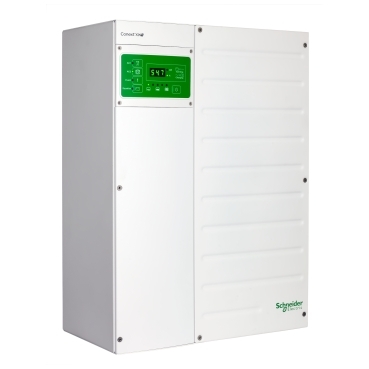Greeting Forum, my first post!
I have a 12x30' shed i am converting to a guest house and it is already wired with a breaker box set up to be connected to my main house. I would like to add solar panels, a battery bank and an inverter to supply all power to the house and hook it up to the breaker box to distribute it throughout. What kind of inverter would I need to do this. I would like something between 3-5000 watts which is overkill but since it will be running a small a/c unit during the day i would rather have it loafing and running cooler than stressing at it's peak.
I am looking at 6 285 watt panels and I currently have 8 75amp/hour AGM batteries so i would think I have multiple options for configurations. The only thing I haven't figured out yet is the inverter. What do i need to wire directly into the breaker box that will support varying loads on each leg?
I have a 12x30' shed i am converting to a guest house and it is already wired with a breaker box set up to be connected to my main house. I would like to add solar panels, a battery bank and an inverter to supply all power to the house and hook it up to the breaker box to distribute it throughout. What kind of inverter would I need to do this. I would like something between 3-5000 watts which is overkill but since it will be running a small a/c unit during the day i would rather have it loafing and running cooler than stressing at it's peak.
I am looking at 6 285 watt panels and I currently have 8 75amp/hour AGM batteries so i would think I have multiple options for configurations. The only thing I haven't figured out yet is the inverter. What do i need to wire directly into the breaker box that will support varying loads on each leg?



Comment